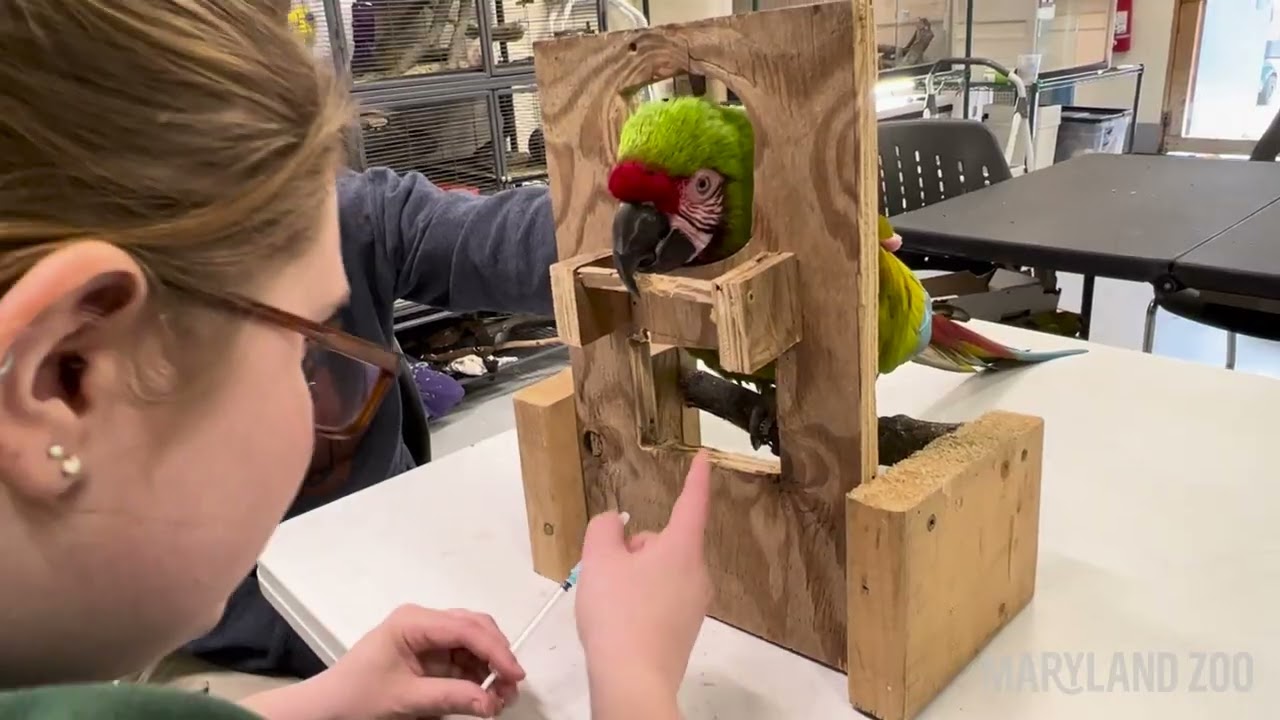- The Role of Animal Ambassadors at The Maryland Zoo
- Detailed Profiles of Notable Animal Ambassadors
- The Importance of Animal Ambassadors in Education and Conservation
- The Care and Management of Animal Ambassadors
- Future Plans and Goals for The Maryland Zoo’s Animal Ambassador Program
The Maryland Zoo’s innovative approach to wildlife education hinges on its dedicated Animal Ambassadors. These ambassadors are not just zoo residents—they bridge the gap between the public and wildlife, turning education into an engaging experience. They contribute significantly to conservation efforts by raising awareness and inspiring action among visitors.
Animal Ambassadors serve as the face of their species, helping to build empathy and understanding. Ranging from birds of prey to exotic reptiles, these animals are carefully selected and trained to interact with visitors under controlled conditions. Their presence at public and private events provides an up-close and personal experience, allowing people to learn directly from the source.
Highlighting the roles of these ambassadors, let’s delve into the profiles of some notable figures. Reptiles like the African Pancake Tortoise educate guests on the diversity of tortoise adaptations. Birds such as the Bald Eagle demonstrate the majesty and ecological importance of raptors. Mammals including the African Savanna’s hedgehog embody the captivating quirks of small, lesser-known species. Each animal has a unique story and specific educational focus, enhancing the zoo’s ability to cover a broad spectrum of wildlife topics.
For practical application, Animal Ambassadors participate in a variety of educational programs. These include on-site presentations and outreach events at schools and community centers. The goal is to make learning about wildlife an immersive, memorable experience. For instance, seeing a live American Alligator offers a different level of understanding than reading about them or even watching a documentary.
Behind the scenes, the care and management of Animal Ambassadors require specialized knowledge and expertise. The Maryland Zoo employs a team of skilled handlers and veterinarians who ensure the animals’ welfare. This involves routine health checks, a balanced diet, and regular enrichment activities to simulate natural behaviors and keep them mentally stimulated. These caretakers must balance the animals’ welfare with their public role, necessitating intricate planning and management.
Training is another critical aspect. Positive reinforcement techniques are commonly used to acclimate the animals to human interaction. This method promotes a stress-free environment for both the animals and handlers. Moreover, the animals are trained to participate voluntarily in their own care, such as stepping onto scales for weigh-ins or presenting limbs for manicures and health inspections. This approach not only eases the management but also strengthens the bond between the animals and their handlers.
Looking forward, The Maryland Zoo has ambitious plans to expand its Animal Ambassador program. By bringing in new species and increasing the frequency and variety of interactive programs, the zoo aims to reach a broader audience. Additionally, collaborations with international conservation organizations are on the horizon, emphasizing the global importance of conservation and the interconnectedness of ecosystems.
The zoo’s commitment to conservation is not just an internal endeavor. It extends to global efforts, supporting initiatives like habitat restoration and anti-poaching campaigns. Animal Ambassadors play a crucial role in these efforts by generating funding and public support. They make the concept of conservation tangible, showing visitors why protecting wildlife matters.
In sum, The Maryland Zoo’s Star Animal Ambassadors are pivotal to its mission. They enhance visitor engagement, contribute to education, and support conservation initiatives. Through meticulous care and innovative programs, these ambassadors help foster a deeper connection between the public and the natural world, ensuring a brighter future for wildlife conservation.
*****
Source Description
Every animal at the Zoo has a training program to practice behaviors that make it possible for them to voluntarily participate in their own healthcare (think, opening their mouth on a cue so a veterinarian can examine their teeth). Because Animal Ambassadors have a specialized job traveling to different locations and displaying natural behaviors for audiences, their training typically includes many unique behaviors.


